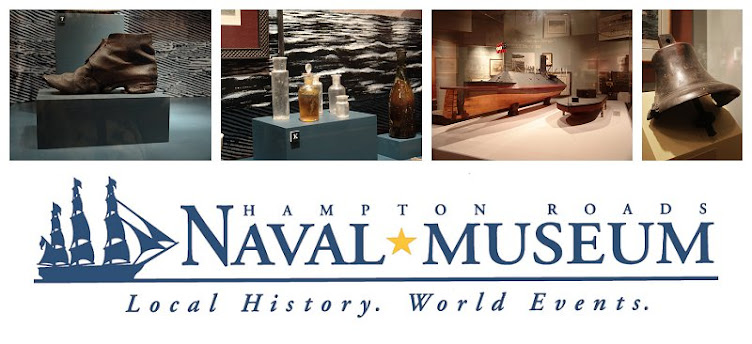HRNM Volunteer and Model BuilderWhen I was a youngster growing up in Boston right after World War II, building models from wood was more popular than it is now. I was especially interested in the square rigger ships, in particular liking the complexity of the rigging. Among the models I made were the Golden Hind and the Constitution, all with solid balsa hulls. Then I hit "pause" for 50 years to raise a family and manage my career as a computer programmer. After those responsibilities concluded, I resumed modeling square riggers, this time with the plank-on-frame method (which mimics the construction technique of the actual ships), using hard woods like mahogany that produce more realistic results.
The Golden Age of Sail extended from 1600 to 1800 and that is the historic period that appeals to me the most: when ships were both the "high tech" of the era and were heavily decorated as status symbols. Over the past 14 years, I completed nine models at home and two more as an HRNM docent. I am drawn to the ships of England and France, major players throughout this two-hundred-year Golden Age period.
When selecting a model to build, I look for one that will make an attractive finished product and that has enough detail to keep me interested. HMS Bellona scored well on both of those requirements.
Historical Background
By the mid-1700s, Europe's two primary antagonists—Britain and France—were locked in a contest for naval supremacy. Their warships kept getting bigger to increase their firepower, but as they did, their cost increased while their maneuverability decreased. The naval establishments of both countries eventually reached the same conclusion: the best compromise between the three competing factors of firepower, cost, and maneuverability was the 74-gun ship. The British built several of various configurations. The one that worked out the best was Bellona, launched in 1760 and named after the Roman goddess of war. With only minor adjustments to the shape of the hull, Bellona became the prototype for 40 more ships. They, in turn, became the backbone of the Royal Navy through the Napoleonic Wars.
By the mid-1700s, Europe's two primary antagonists—Britain and France—were locked in a contest for naval supremacy. Their warships kept getting bigger to increase their firepower, but as they did, their cost increased while their maneuverability decreased. The naval establishments of both countries eventually reached the same conclusion: the best compromise between the three competing factors of firepower, cost, and maneuverability was the 74-gun ship. The British built several of various configurations. The one that worked out the best was Bellona, launched in 1760 and named after the Roman goddess of war. With only minor adjustments to the shape of the hull, Bellona became the prototype for 40 more ships. They, in turn, became the backbone of the Royal Navy through the Napoleonic Wars.
 |
| In August 1761, HMS Bellona captured the French ship Courageux (Wikipedia) |
In 1780, Bellona was taken into drydock and became one of the first ships to have its bottom coppered. A contemporary model of the coppered Bellona in the British Museum was expressly built to demonstrate to King George what was meant by this new innovation called "coppering." On June 22, 1807, Bellona and HMS Leopard were part of a British squadron anchored in Lynnhaven Bay to buy supplies and search for deserters from the Royal Navy. Later that day, the 52-gun Leopard attacked the 38-gun American ship, USS Chesapeake, over suspicions that it harbored deserters. The incident became one of the rationales for the United States declaring war on Britain in 1812.
HMS Bellona makes a literary appearance in the Patrick O'Brian novels The Commodore and The Yellow Admiral as the lead ship (aka the "pennant ship") of a squadron commanded by the character Jack Aubrey.
 |
| Close-up view of HMS Bellona (Lee Martin) |
The model is built on a frame with strips of mahogany forming its hull, a construction technique similar to that of the original ship. The model's hull, following the original specifications, is not coppered. The waling is ebony. The scale is 1:100. The model took about two years to complete. The dolphins supporting its sides are castings of actual model mounts from the 1700s.
Following the custom of the time, the ship is decorated from stem to stern. It was the British practice to employ local craftsmen to design, fabricate, and install most of this decoration themselves using their own creativity. Consequently, except for the figurehead and stern, details of the decorations have not survived. The scroll work along the sides of the model is my attempt to simulate the craftsmen's efforts.




1 comment:
How did you make or where obtain the scroll work along the sides? I have finished my 96/1 model and am pleased with the result except for this omission.
Post a Comment